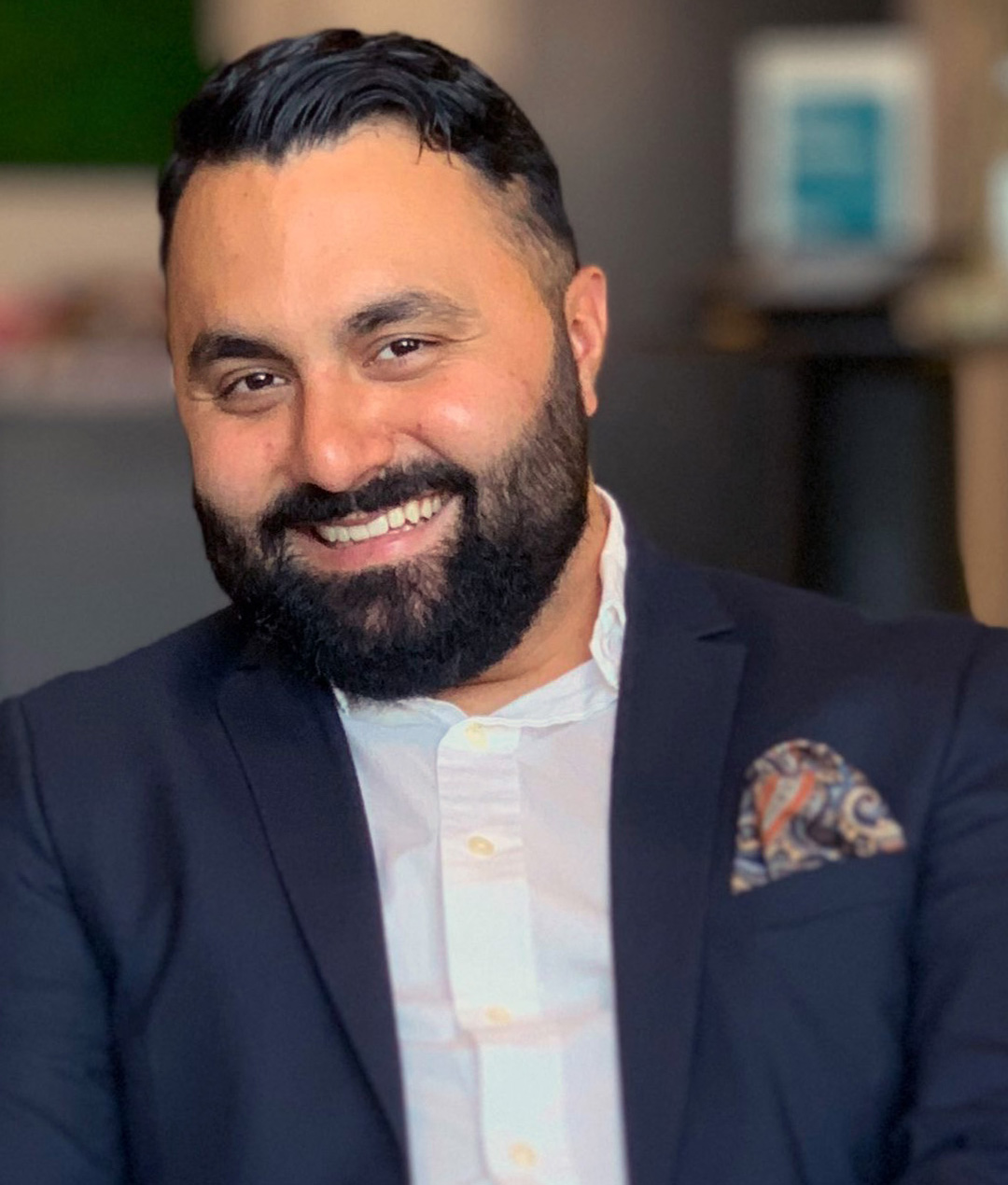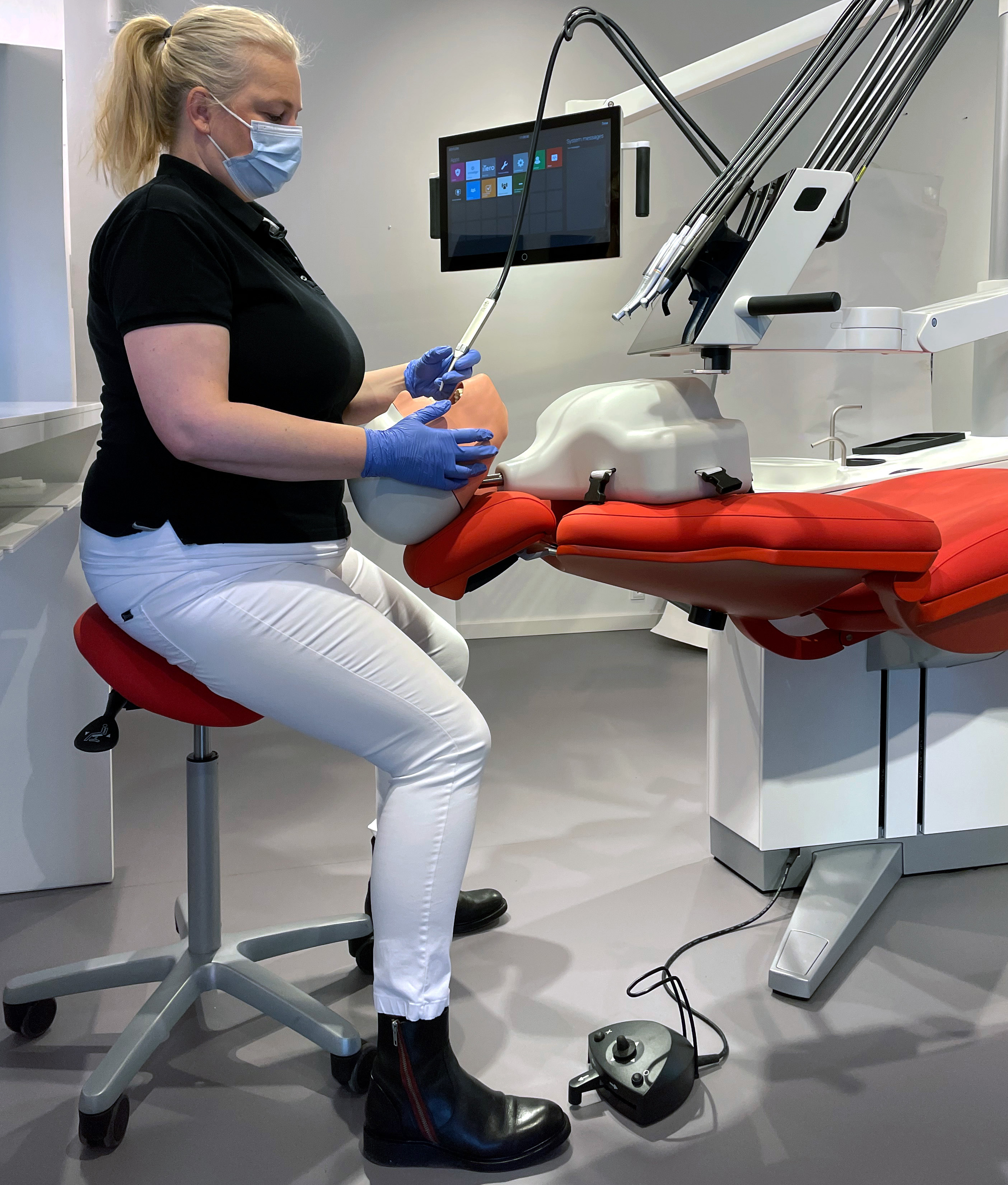Sofia Kjaer, a patient at ABC dentists in Copenhagen, says: “I must admit that the very smart design and tasteful interior helped to give an impression of quality; I thought to myself: okay, here are some dentists who are very proud of the business they have built. I know now that the experience of customer care, good taste and professionalism I was met with at the ABC clinic somehow guarantee dental professional quality. I would advise others to also be on the lookout for these qualities if they don’t already have a dentist with whom they feel comfortable.”
But what about the dental equipment? Do the patients even notice, or is it solely the dental practitioners who can tell the difference between a standard and a high-end unit?
Dental nurse Trine Høgsbro is not in doubt. “My patients always comment on the look and softness of the unit. And as for my own extensive experience in working with XO unit, I must say that it is super easy to operate, it is very good quality and has a fantastic timeless design.”
Jashar Samadi confirms that clinics with modern, ergonomic equipment often are ahead of competitors. “The candidates want to work with state-of-the-art equipment, so it’s a good idea to include this aspect in the recruitment,” Jashar says and elaborates: “In the final stages of a recruitment process, the clinic environment can turn out to be the decisive factor for the candidate because if the clinic appears untidy, if there’s a stressful atmosphere, or if the units or equipment are old-fashioned, I’ve seen candidates turn down a position based on that.”




